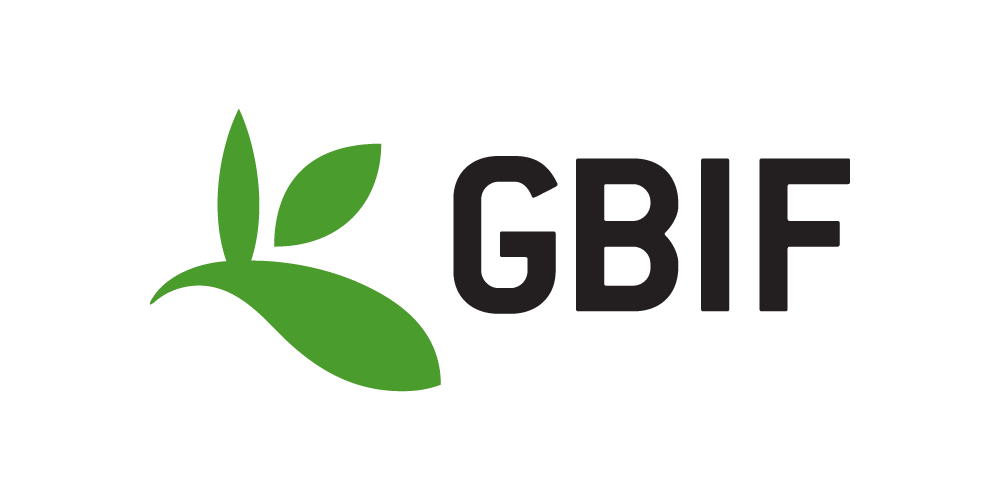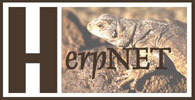|
(Translations may not be accurate.)
|
Partners and Related Projects
AmphibiaWeb's partners are other organizations that share the goal of providing
access to data on amphibian biology and conservation in order to address the growing problem of global amphibian decline. These partners have contributed to AmphibiaWeb either through collaboration or data sharing to bring the best information together.
Conservation Partners
AmphibiaWeb lends our scientific experience and resources to these amphibian conservation efforts.

|
Conservation resources are limited, and with thousands of threatened species in need of help, the Conservation Needs Assessment process managed by Amphibian Ark seeks to objectively and consistently identify priority species and their immediate conservation needs.
|

|
The Amphibian Survival Alliance's mission to protect amphibians and their habitats through dynamic partnerships worldwide. We are proud to serve as their Science Zone and provide support in their endeavors.
|
Related Projects that AmphibiaWeb relies on

|
Living amphibians comprise about 5500 species or 20% of extant tetrapods. In the last 20 years the number of recognized living amphibian species has increased by 36%; the rate of discovery of new species exceeds that of any other vertebrate group. AmphibiaTree is a community-based research effort, with the goal of creating a comprehensive tree of all amphibians. The vision is not simply a skeletal branchwork, but also a tree heavy with foliage and inflorescence, rich in hue and texture. That is, we seek insights about evolutionary history through integrative studies from a range of data.
|

|
The Global Biodiversity Information Facility (GBIF) is an international organisation that is working
to make the world's biodiversity data accessible anywhere in the world.
GBIF's members include countries and international organisations who have signed a Memorandum of Understanding
that they will share biodiversity data and contribute to the development of increasingly effective mechanisms
for making those data available via the Internet.
Facilitating digitisation and global dissemination of primary biodiversity data, so that people from all countries
can benefit from the use of the information, is the mission of the Global Biodiversity Information Facility (GBIF).
|
| |
|

|
HerpNET was a collaborative effort from 2002 - 2008 by institutions in the United States, Canada and Mexico to establish a network joining databases of herpetological collections. Funded by the National Science Foundation (NSF), 37 institutions participated in the HerpNET community, with the vision that more institutions would join once the project is established.
|

|
In 2011, VertNet was funded by NSF to bring together all the vertebrate collection- based networks under a new cloud-based portal with new technologies made possible from software advances from GBIF, web 2.0 and large scale data handling. AmphibiaWeb now draws its specimen data from VertNet allowing mapped vouchered sites from around the world
|
|










